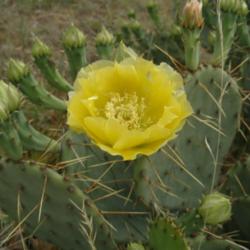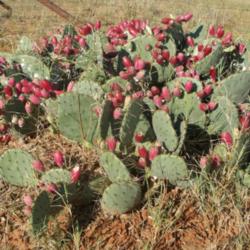mcvansoest said:As said it could be heyderii, but to me it could also be something else. There are a number of Mamms that look very similar to the plant you showed a picture of. So based on just that picture and no label you will never get better than a solid maybe.
However, given that you have that list I am again somewhat confused as to why you are asking for an ID for these plants, while apparently you have established an ID for these plants (at least for yourself) already. Maybe the question you should be asking is if people agree with your assessment based on the images and that list in the link...
Anyway, M. heyderii occurs in the wild here, but is still not commonly available at nurseries, so hence my suggesting it is not super commonly available. I guess it must have been seed grown as it is pretty hard to export these kind of plants from the US and Mexico even a relatively common one like this.
It is going to be pretty moisture sensitive as the areas where it occurs naturally tend to be super dry, so I'd be very careful with your watering and keep it as warm and in as bright light as possible.
Actually, ive no idea what the second one is. The trouble i have with iding plants, is that sometimes they choose new cultivars to produce. You may not beleive it, but i had an opuntia quitescens some time ago. I bought about 6 y/ago and havent seen one since.
Here is another kicker - theyve discontinued echinocereus production(except maybe for e.reinbachii, which is sold either with fake flowers or sombrero with googly eyes

) , euphorbia meloformis cant be found nowadays, same goes for matucana m., a lot of euphorbias, etc. Some plants (really common at your place) like pachycereus marginatus, astrophytum ornatum, astrophytum capricorne, lithops, etc.
are plants ive only seen once. Now , you may recall that i did buy said astrophytums recently, but they werent imports. They are locally produced in some vague nursery at the other end of the country, and most of their shipments are opuntia microdasys, mammilaria, and cyl.opuntia subulata. They do let out the occasional rarity(coryphantha, astrophytum, even echinocereus).Theyd be the ones in the red square pot, as opposed to t he round brown "dutch wholesale" pots.










